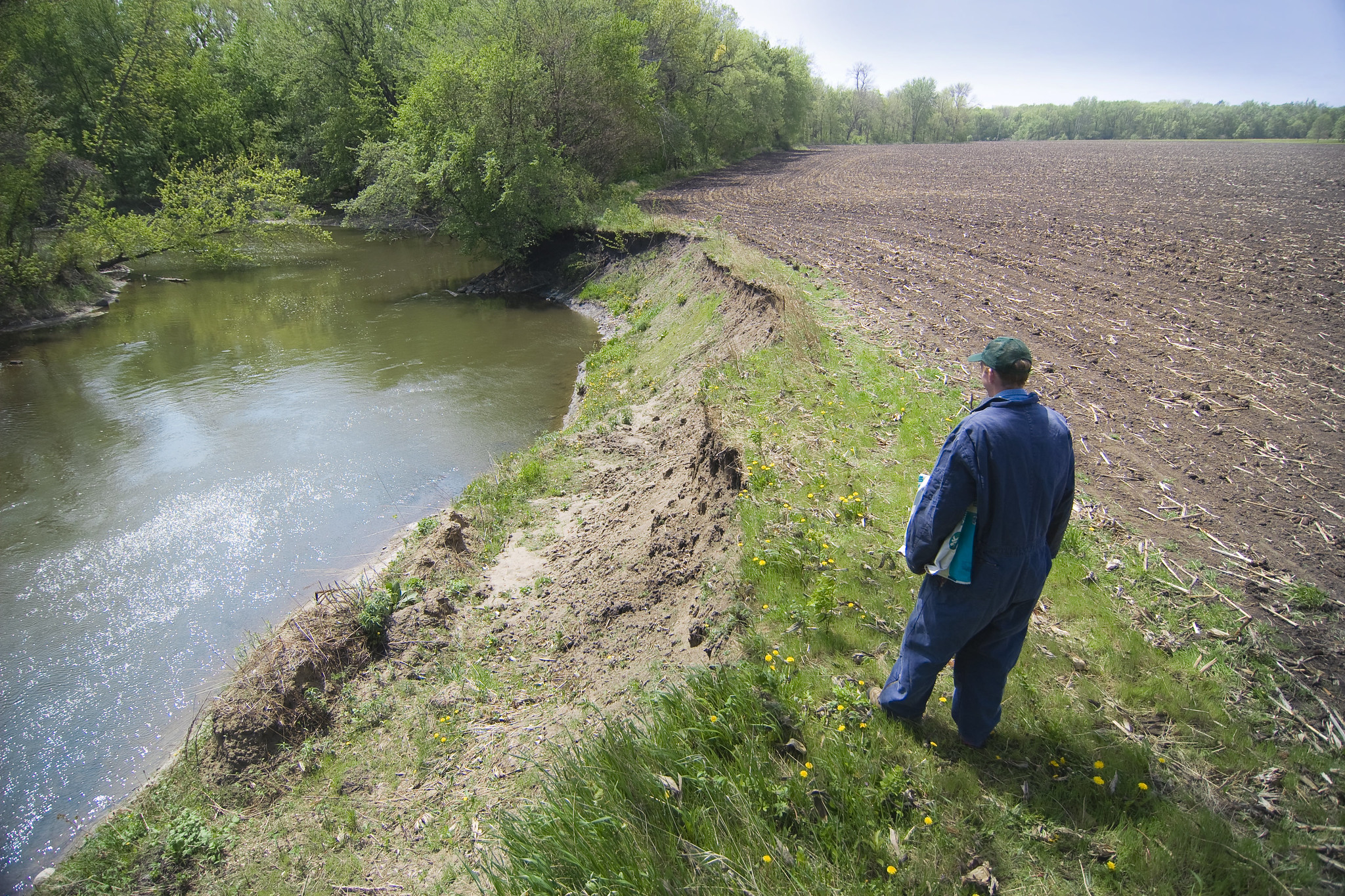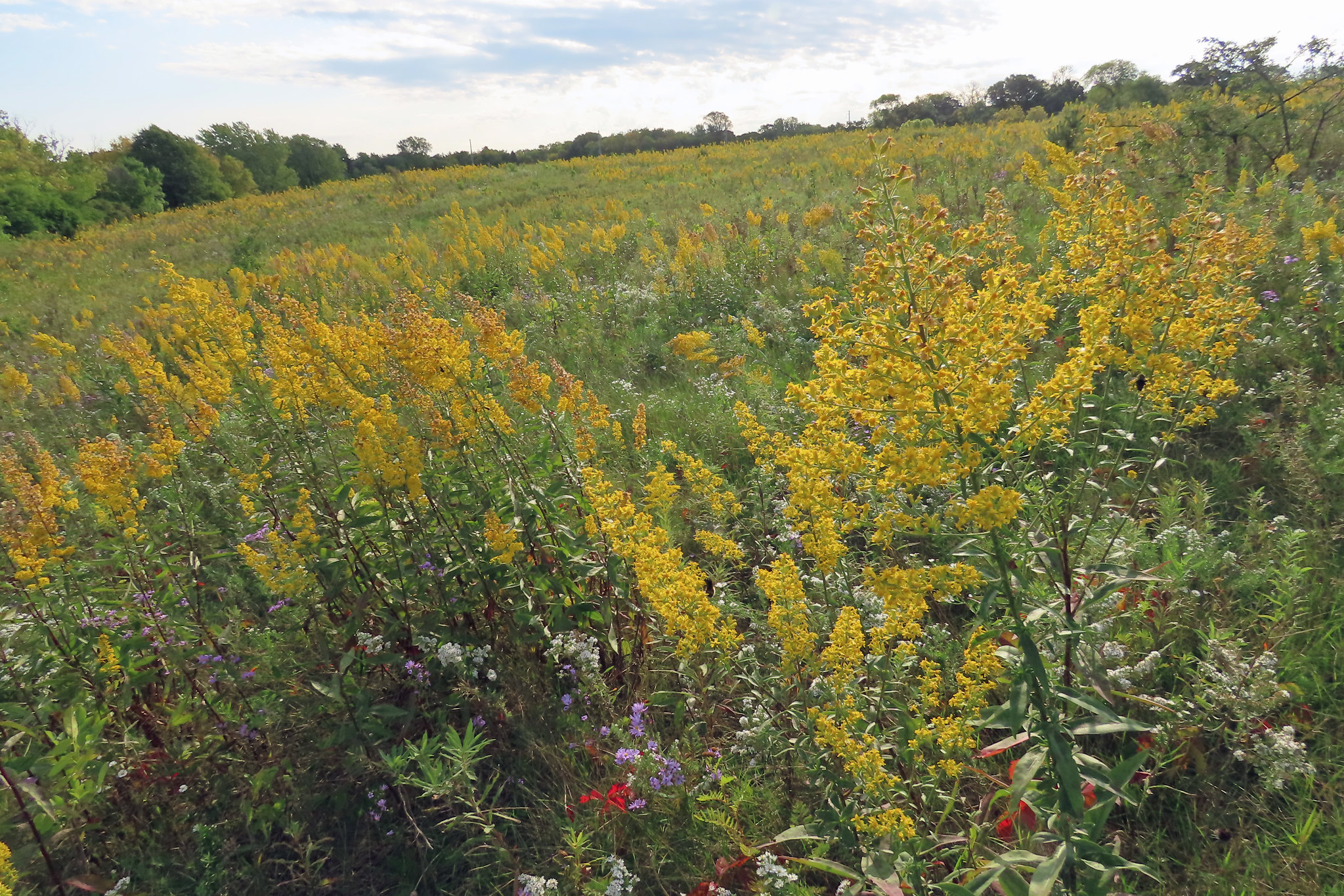Minnesota's new climate goals are a great start — now it's time to follow through

The Walz administration's recently released "Climate Action Framework" establishes a vision for how Minnesota will address and prepare for climate change.
The framework reinforces the state's commitment to meeting the Intergovernmental Panel on Climate Change (IPCC) greenhouse gas reduction goals: 50% reduction by 2030 and net-zero emissions by 2050. The framework also identifies a roster of shorter-term action steps (explained in more detail below) the state must take to set itself up to achieve these goals.
Given the undeniable links between climate change and the health of the Mississippi River, following through on these action steps and achieving greenhouse gas reduction goals is essential for a clean and healthy Mississippi River.
While we're encouraged to see that the Walz administration incorporated the IPCC recommendations, this framework is broad. It does not establish any specific policies the administration plans to pursue.
Still, we believe it's a good start as state leaders chart a path toward the next generation of climate policy. Importantly, we look forward to seeing how the administration's budget and policy priorities — where the rubber meets the road — align with the goals and action steps laid out in its Climate Action Framework.
You can weigh in
Your voice is essential to our efforts to protect, restore and enhance the Mississippi River and its watershed, including ensuring that key elements of the state’s new Climate Action Framework are fully implemented in the years to come. Many of FMR's priorities could help meet those goals. Here's what the framework translated into action might look like:
- Expanded support for the development of profitable clean-water crops
- Additional investments in supply chain companies that will bridge the gap between farmers and consumers
- Protection and restoration of forests, wetlands and grasslands that help sequester carbon
- The creation of climate-resilient habitat complexes and corridors that enhance biodiversity
- Capitalizing on the promise of emerging perennial and winter-annual oilseed crops as cleaner biofuels
Please take a moment to let Gov. Tim Walz and his administration know you support the goals of the Climate Action Framework and expect the state to fully implement these action steps in the months ahead — then keep scrolling to read more about how this framework could impact the river. [CLOSED]
How the Climate Action Framework could impact the Mississippi River
The action steps outlined in the Climate Action Framework are grouped into six categories:
- Clean transportation
- Climate-smart natural and working lands
- Resilient communities
- Clean energy and efficient buildings
- Healthy lives and communities
- Clean economy
While the framework touches on dozens of action steps, there are a few items of particular interest to Friends of the Mississippi River's current stewardship and advocacy priorities.
Let's take a look at a few top-line items that caught our eye across three of the state's stated goals.
Healthy soil, resilient landscapes and clean-water crops
The framework's "Climate-Smart Natural & Working Lands" chapter does a good job emphasizing the large potential of our landscape to help us mitigate and adapt to the effects of climate change.
Improving soil health on croplands (one of our big priorities) comes up throughout multiple initiatives in this chapter:
- 2.2 — Resilient landscapes and ecosystems
- 2.3 — Healthy farmland
- 2.4 — Sustainable landscapes and water management
We are very pleased to see cover crops and perennial crops called out for their multiple benefits, particularly in source water protection areas. The more farmers and ag professionals have learned about these options, the more demand has grown for profitable crop options that work here in Minnesota.
This makes it all the more imperative to implement the changes recommended in Initiative 2.5, titled "Investments in emerging crops, products and local economies." Here's the first bullet point:
"Invest in climate-smart agriculture and develop markets for climate-benefitting products. Supporting end markets for cover crops and perennial crops that keep soil covered in spring and fall, increase carbon storage, and decrease nitrogen fertilizer use can encourage farmers to plant them and boost local economies. ..."
Those goals are remarkably similar to what we've laid out here at FMR. Through our work with the Forever Green Partnership, we helped lead efforts this past legislative session to invest in the supply chain companies that will ultimately get these crops onto the market.
One major thing the state must do is boost investment in the basic plant genetics research needed to maximize the potential of next-generation Continuous Living Cover (CLC) crops. The U of M's Forever Green Initiative is at the forefront of developing new, market-ready CLC crops that can scale up to the landscape level, but much more investment (building on what the Legislature did this past year) is needed to unlock the full potential of these innovations.
Utilizing the land to combat climate change
The framework's "Climate-Smart Natural & Working Lands" chapter addresses the potential of our landscape's natural areas to help mitigate and adapt to the effects of climate change. And as the framework points out, taking action aimed at sequestering carbon through land protection, habitat restoration and active land management will result in myriad benefits to wildlife habitat and water quality. These goals are not separate, but rather intertwined.
FMR's Land Conservation priorities appear almost immediately.
Initiative 2.1 ("Carbon sequestration and storage in forested lands, grasslands, and wetlands") actively calls for protecting, restoring, maintaining and expanding forests, wetlands and grasslands as a strategy for carbon sequestration. While FMR's work in this realm has focused on the habitat, water quality and public access results of these actions, carbon sequestration is another natural outcome — and one that we can continue to use to leverage future conservation action.
Initiative 2.2 ("Resilient landscapes and ecosystems") focuses on climate resilience through conserving and enhancing biodiversity and through creating habitat complexes and corridors. These efforts are hallmarks of FMR's Land Conservation work, and are the building blocks of how we prioritize where and how we work.
What the framework does not mention is the use of climate-adapted species for increasing resilience, something that FMR has been pushing through our use of climate-adapted plant species in our restoration efforts. The framework mentions planting "climate-ready" tree species as a way to maintain specifically urban tree canopies and resilient communities. However, we believe this is an increasingly common strategy that should be applied to natural areas as well.
Implementation of the initiatives laid out in this chapter is imperative, not only for carbon sequestration and climate action, but also for the aforementioned goals of preserving and increasing the state's wildlife habitat, water quality and public access to natural resources. FMR will continue to play a role in these efforts, and is encouraged that the plan could result in increased attention paid to the importance of the state's natural areas.
Moving toward clean transportation
The framework calls out transportation as Minnesota's top source of greenhouse gases. One pathway to reduce the impacts from this sector is to implement policies that move us toward cleaner fuels.
The Clean and Efficient Vehicles initiative in the framework emphasizes the potential to use lower-carbon biofuels, among other emerging options like electricity and hydrogen technology.
FMR advocated for a Minnesota Clean Fuel Standard during the 2022 legislative session for a few key reasons. First, we believe a clean fuels portfolio that emphasizes perennial and winter-annual oilseed crops presents a significant greenhouse gas emissions reduction opportunity. Second, it provides a market-based pathway to accelerating the adoption of Continuous Living Cover crops on millions of acres of Upper-Midwest cropland.
We also look forward to improved electrification of vehicles in Minnesota as a comprehensive way to supplement the use of biofuels on our path toward emissions reductions.

Translating goals to action
The framework is intended to be a high-level document. It doesn't include the specific policy and funding recommendations needed to actually achieve the stated goals.
However, the framework's text says it will "guide the state agencies' priorities in the coming years" and help "develop legislative proposals for new policies, programs, and grants."
In the months ahead, that's exactly what FMR wants to see: budget and policy priorities from both the governor and legislative leaders that are clearly informed by these goals, and translate the framework's ambitions into tangible action.
Whether that happens remains to be seen, but we'll be involved with the process to ensure its success for the river, the climate and our communities. Join us as a River Guardian to help make sure it does.
Become a River Guardian
Sign up and we'll email you when important river issues arise. We make it quick and easy to contact decision-makers. River Guardians are also invited to special social hours and other events about legislative and metro river corridor issues.